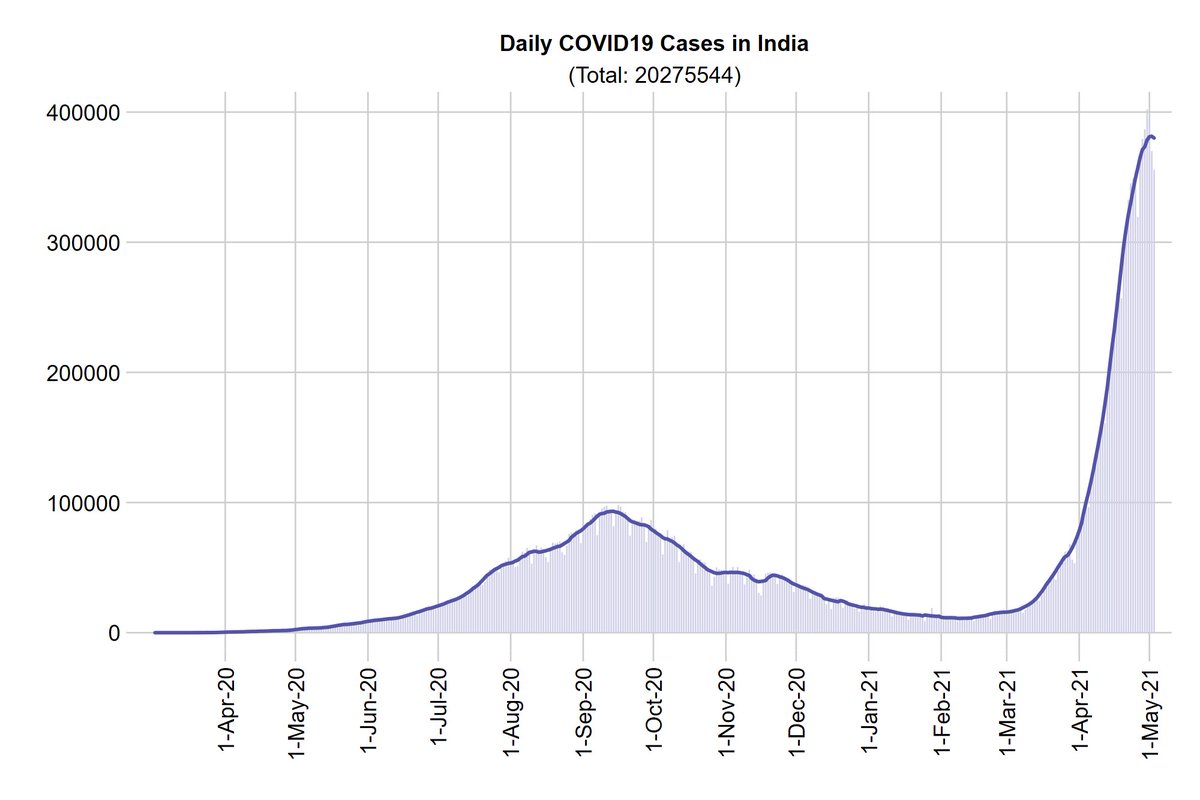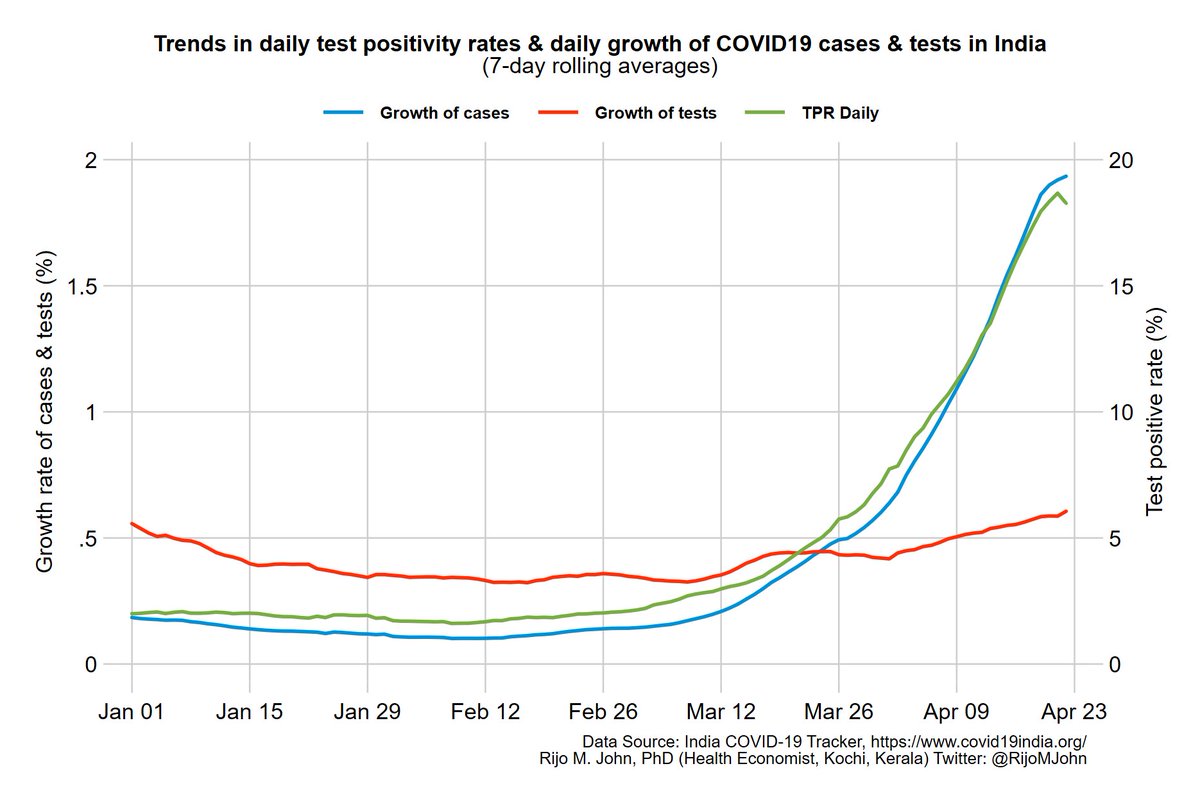
1/ This was the thing that greeted me on my WhatsApp today morning. Let's examine its utter folly.
Is India's Vaccine Maitri the reason we are getting all those foreign aid? I do not think so.
why?
Is India's Vaccine Maitri the reason we are getting all those foreign aid? I do not think so.
why?
https://twitter.com/BJP4India/status/1398474180715286532
2/ First of all, of the total vaccine exports from India till y’day, only ~16% were sent as Grants by GoI. Others were all SII fulfilling its commitments one way or the other. GoI has nothing to do there or take credit for.
If anything, GoI had to stop SII from exporting further.
If anything, GoI had to stop SII from exporting further.
3/ Even out of this 16%, about 65% went to 5 of our neighbors (Bangladesh, Myanmar, Nepal, Bhutan, & Maldives). The remaining went mostly to other low-income coutries.
4/ On the other hand, all the foreign aid we got in the form of medical supplies & equipment came from other countries (mostly developed nations) & not from the countries where India's vaccine grants went to.
5/ We've been able to fully inoculate only 3% of our population after 133 days into this vaccination drive despite being a proclaimed vaccine guru. Without making any such hyperbole, many other countries have vaccinated 30% or more of their population so far.
6/ Lastly, let's not pride ourselves on receiving all this foreign aid although they're immensely helpful at this time. More than anything, it underscores our own inability to augment our health infrastructure & our utter lack of preparedness.
Atmanirbhrata, anyone?
Atmanirbhrata, anyone?
The @BJP4India has now removed the original tweet I had quoted. Couldn't get a screenshot earlier. But this was the picture in their tweet. 

• • •
Missing some Tweet in this thread? You can try to
force a refresh









